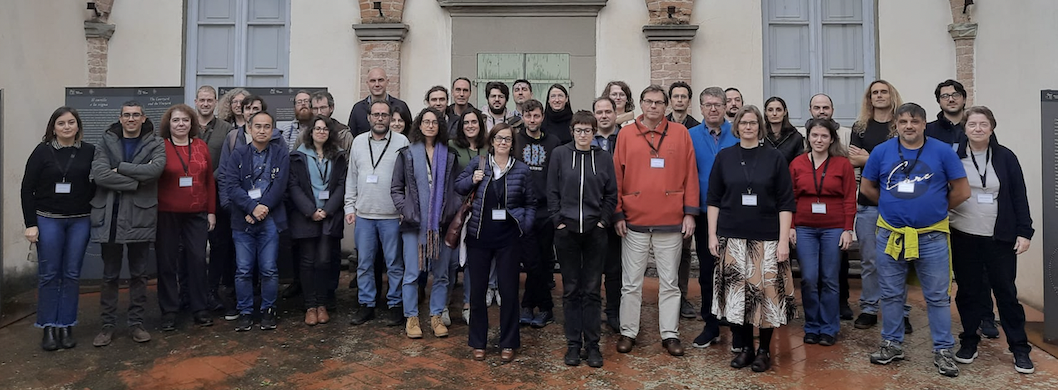Galactic studies are currently undergoing a renaissance, thanks to the wealth of data from the Gaia satellite and ground-based surveys. Previously unknown portions of the Galactic disc have been mapped, triggering new interest and questions into the physical mechanisms regulating the evolution of the Galaxy. Recent works based on field stars and open clusters revealed: (i) the segments of the...
With the unprecedented increase of known star clusters, quick and modern tools are needed for their analysis. In this work, we develop an artificial neural network trained on synthetic clusters to estimate the age, metallicity, extinction, and distance of Gaia open clusters. We implement a novel technique to extract features from the colour-magnitude diagram of clusters by means of the...
Gaia has revolutionised our ability to identify clusters and to use them as tracers of the Galactic structure. Our view is however severely limited when looking towards the inner regions of the Milky Way, where the clusters we do see are very young and very massive. The differences between the inner and outer disc are in part due to observational biases, but could also indicate that different...
The combination of photometric and astrometric data from Gaia with parameters derived by spectroscopic surveys, like Gaia-ESO, improved our knowledge of the properties of young star clusters and our understanding of the processes leading the cluster evolution until its dispersion.
However, current datasets suffer of two main shortcomings: they are mostly based on optical observations, so we...
The study of open clusters is a crucial element in the understanding of the processes that led to the formation of the disk in the Milky Way and in general in spiral galaxies. For this reason they have been targeted by all the recent spectroscopic surveys, providing radial velocities and chemical abundances. In the coming future, a number of spectroscopic surveys such as WEAVE and 4MOST will...
To study stellar clusters and be able to effectively use them to understand how stars and clusters form and evolve and to link this to the Galactic evolution, we need not only large samples, such as those provided by the spectroscopic surveys, but also high resolution and detailed analysis.
As part of the SPA (Stellar Population Astrophysics) Large Programme at the TNG, we observed a large...
I will discuss the upcoming survey that will make use of 4MOST at the VISTA ESO telescope. By exploiting the characteristics of such instrument, the survey will provide the most comprehensive characterization of the chemistry and kinematics of stellar clusters collected to date. It will target essentially all the Galactic Globular and Open Clusters and Star Forming Regions accessible 4MOST,...

